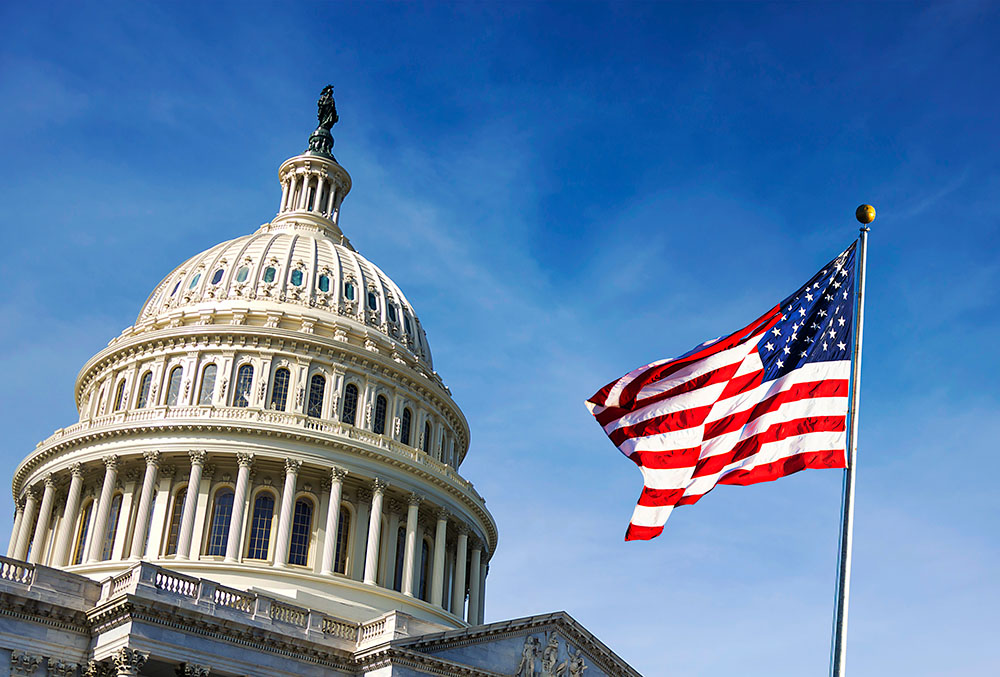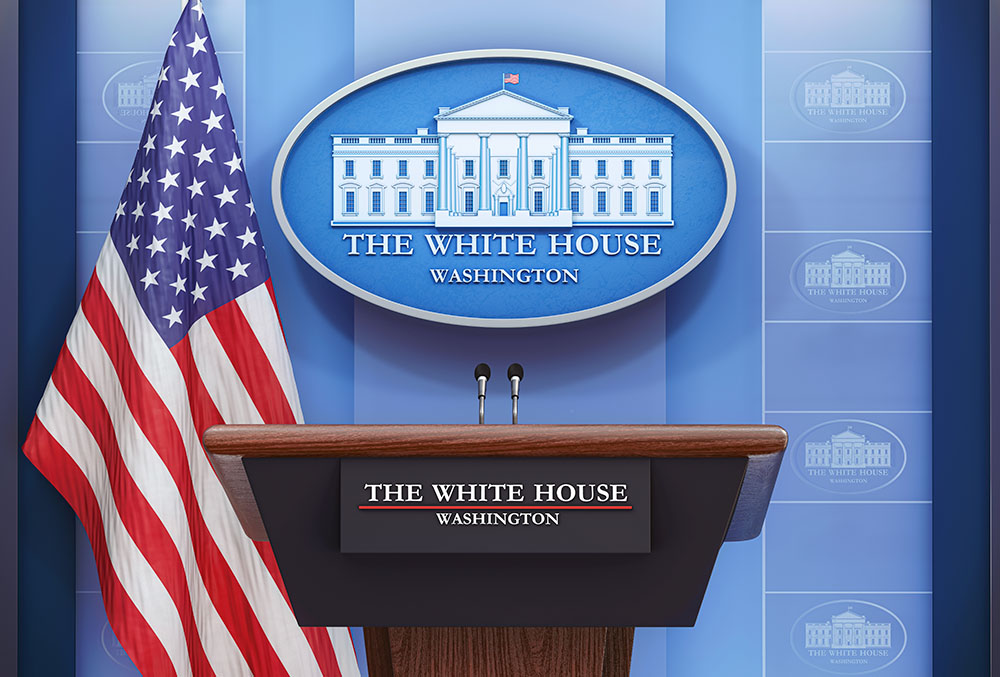Selling the presidency: 2024 US candidates’ marketing tactics
The 2024 presidential race features Vice President Kamala Harris facing off against former President Donald Trump.
This historic contest brings a fresh look at political marketing, where both campaigns are flexing their financial and media power across traditional channels and the ever-evolving landscape of digital media. With a war chest of unprecedented size and an audience that’s more online than ever, Harris and Trump’s teams are redefining campaign strategy in America.
The battle on social media
Social media is once again a crucial battleground. In 2020, Trump dominated Facebook, Instagram and X (formally Twitter) with far more engagement than his then-opponent Biden. Now, Harris is leveraging various platforms, especially TikTok, to reach younger demographics, while Trump remains active on Truth Social and other conservative-friendly networks.
In this election, Harris’ team has invested heavily in digital content creation, producing a stream of content tailored to diverse audiences and engaging a younger, digitally-savvy base. Meanwhile, Trump’s strategy still hinges on his unfiltered style, which resonates strongly with his supporters, cultivating a sense of authenticity. Despite Trump’s own platform choices and his direct messages, Harris has strategically deployed targeted ads across key social channels to expand her reach to new demographics.

Big-money political stunts
In one of the campaign’s most eye-catching moves, Harris’s campaign splashed her image across the massive Las Vegas Sphere—an iconic new addition to the Vegas skyline. The cost of the projection, at a reported $450,000 per day, underscores the massive spending power behind her campaign. For Harris, these sorts of high-profile, high-cost advertising stunts are just one of many ways her campaign is spending nearly $1 billion raised since she took over the Democratic ticket.
Swing states like Pennsylvania are seeing similar investments. Both campaigns have booked prime-time advertising spots during NFL games involving Pennsylvania’s professional teams, the Eagles and the Steelers. These expensive ad buys are carefully calculated to sway undecided voters in the highly contested state.
Changing the game
The explosion of digital platforms has led to a transformation in political advertising strategies. In the past, a few major networks dominated advertising, but today’s campaigns have access to numerous channels, allowing for more precise targeting. Kamala Harris’s team, for example, has focused on digital advertising to engage younger voters and increase support through platforms like YouTube, Facebook and TikTok, where audience data can be used to fine-tune messages.
Steve Caplan, a professor at USC’s Annenberg School for Communication and Journalism, notes that campaigns now have “an entire infrastructure of producers, writers, editors, and ad makers” producing round-the-clock content tailored to every conceivable audience. With people cutting the cord and moving to streaming services, these digital platforms are expected to account for hundreds of millions in campaign spending this cycle—a dramatic shift from 2020, when digital advertising spend was far lower.
The influence of super PACs and billionaire donors
As in previous elections, Super PACs and billionaire donors continue to have an outsized impact on campaign financing. Harris and Trump’s Super PACs have raised billions of dollars, driven by unlimited contributions from wealthy donors. The rules permitting this level of influence trace back to the 2010 Citizens United ruling, which allows corporations and individuals to contribute unrestricted sums through PACs. In this cycle, billionaire contributors like Elon Musk, through his Trump-aligned PAC, and other top donors are contributing to an anticipated $10.7 billion spent across all political campaigns in 2024 – a record-breaking sum.
According to the advocacy group Americans for Tax Fairness, contributions from just 150 billionaire families have already totalled $1.9 billion in this cycle alone, surpassing contributions from 600 billionaires in 2020. These contributions significantly shape the political landscape, prompting concerns about the influence of wealth on democratic processes.

Social media’s role
Regardless of who wins the 2024 election, the campaigns of Trump and Harris are emblematic of how integral social media has become in US politics. For Trump, his unfiltered, emotive messages continue to resonate deeply with his base. For Harris, carefully crafted, highly targeted digital content reflects her campaign’s strategic approach to winning over undecided voters.
Both campaigns are demonstrating how to leverage digital platforms as powerful tools for shaping narratives, rallying supporters, and engaging voters. This race highlights the new normal for US politics – where traditional outreach is paired with digital tactics and eye-catching stunts to capture the attention of an electorate that’s more connected and, at times, more polarised than ever.
Cordis
At Cordis Creative, we understand the power of storytelling and digital engagement. From social media management to video production, our team of marketing professionals can help you connect with your audience – whether you’re campaigning for office or looking to grow your brand. Reach out to Cordis today, and let’s make an impact together.